Arnica Plant
- December 27, 2023
- 0 comment
Arnica, a vibrant and hardy herbaceous plant belonging to the Asteraceae family, is renowned for its therapeutic properties and distinctive yellow flowers. Scientifically known as Arnica montana, this perennial plant thrives in mountainous regions of Europe and North America, where it is often found in meadows and alpine environments.
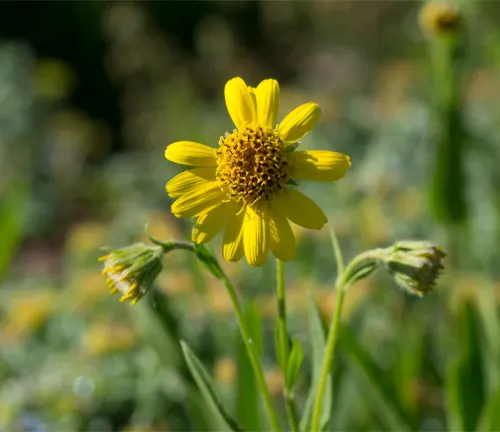
The plant’s striking flowers, resembling daisies with their sunny yellow hues, bloom in mid-summer and are a hallmark of Arnica. Traditionally, various cultures have harnessed the healing potential of Arnica, utilizing its flower heads to create herbal remedies for centuries. Arnica is particularly celebrated for its anti-inflammatory and analgesic properties, making it a popular choice for treating bruises, sprains, and muscle soreness.
The plant contains active compounds such as sesquiterpene lactones and flavonoids, contributing to its medicinal efficacy. While Arnica is valued for its therapeutic benefits, it is crucial to use it with caution, as the plant can be toxic if ingested in large quantities. In modern times, Arnica is commonly found in the form of creams, ointments, and tinctures, serving as a natural remedy for relieving pain and promoting healing.
| Attribute | Details |
|---|---|
| Scientific Name | Arnica montana |
| Family | Asteraceae |
| Type | Perennial herbaceous plant |
| Habitat | Mountainous regions, meadows, alpine environments |
| Flowering Season | Mid-summer |
| Flower Color | Yellow, resembling daisies |
| Medicinal Properties | Anti-inflammatory, analgesic |
| Active Compounds | Sesquiterpene lactones, flavonoids |
| Traditional Use | Herbal remedies for bruises, sprains, muscle soreness |
| Toxicity | Can be toxic if ingested in large quantities |
| Common Forms | Creams, ointments, tinctures |
| Modern Uses | Pain relief, promoting healing |
Unveiling the Arnica Plant
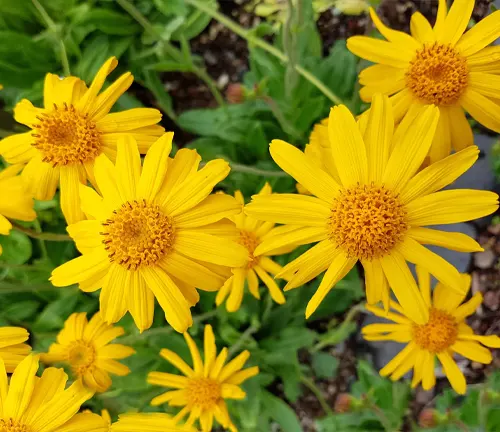
Nature has its own way of captivating our senses, and the Arnica plant is a prime example of botanical allure. Arnica montana, a perennial herbaceous plant belonging to the Asteraceae family, graces mountainous landscapes with its woodland elegance. Its vibrant yellow flowers, reminiscent of daisies, create a striking visual display in mid-summer, making it a botanical gem worth exploring.
Arnica’s Aesthetic Appeal
In the enchanting realm of mountainous regions, Arnica stands out with its woodland elegance. The plant’s graceful demeanor and sunny yellow blooms contribute to its visual appeal. Arnica montana, commonly known as Leopard’s Bane, adds a touch of natural sophistication to alpine meadows, creating a picturesque scene that captivates both botanists and nature enthusiasts alike.

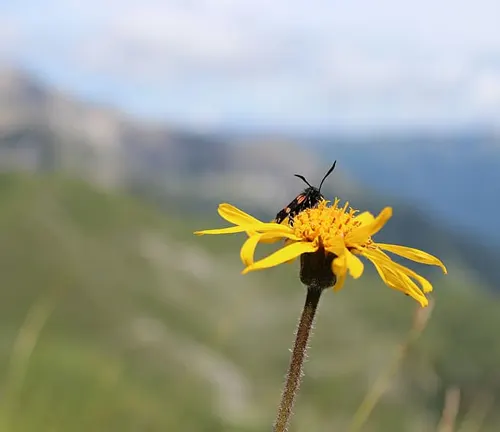
Arnica’s Role in Nature’s Tapestry
Beyond its visual charm, Arnica plays a vital role in the ecological tapestry of its habitat. Thriving in meadows and alpine environments, this perennial herbaceous plant contributes to biodiversity by providing sustenance to pollinators. Bees and butterflies, drawn to its nectar-rich flowers, engage in a delicate dance, highlighting Arnica’s importance in supporting local ecosystems.
Nurturing Nature’s Healer
As appreciation for Arnica’s medicinal properties grows, cultivation efforts become paramount. Cultivating Arnica requires a delicate balance, mimicking its native habitat to ensure optimal growth. Conservation initiatives play a crucial role in preserving this botanical treasure, as the demand for Arnica in herbal remedies and natural medicine continues to rise.
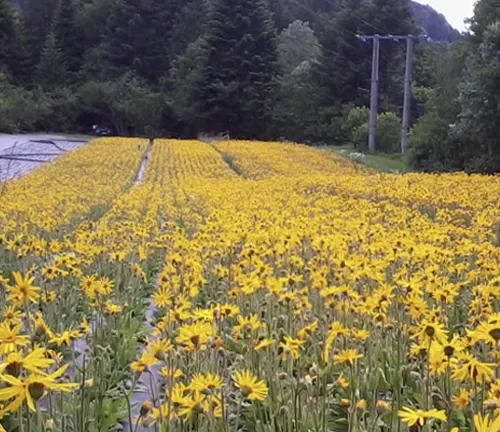
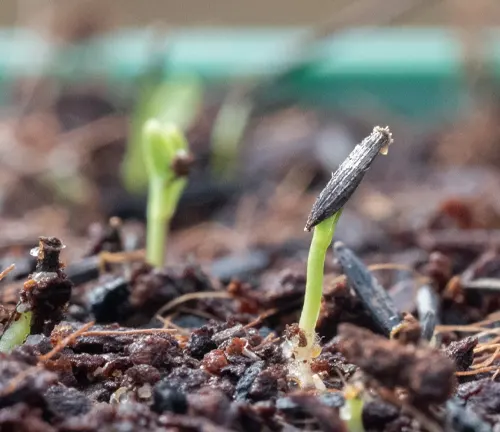
Arnica’s Underground Contribution
Arnica goes beyond its above-ground allure, contributing to soil stabilization in its native habitats. Its root system helps prevent erosion, anchoring the plant firmly in the mountainous terrain. This underground contribution showcases Arnica’s resilience and its ability to harmonize with the natural environment.
Harnessing Arnica’s Therapeutic Potential
Through centuries, Arnica has been a stalwart companion in the world of herbal remedies. Traditionally, its flower heads have been employed to create salves, ointments, and tinctures renowned for their anti-inflammatory and analgesic properties. Arnica’s common use as a natural remedy for bruises, sprains, and muscle soreness reflects its historical significance in folk medicine.
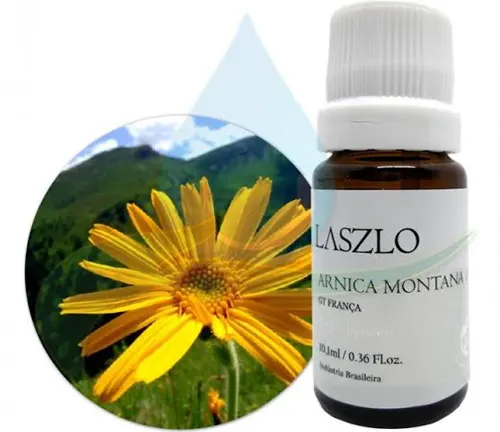

Arnica’s Healing Touch
Modern times continue to embrace Arnica for its myriad benefits. Whether found in creams, ointments, or tinctures, Arnica’s healing touch provides relief from pain and promotes natural recovery. Its effectiveness in soothing aches and aiding in the healing process underscores the enduring legacy of this botanical wonder.
Mapping the Arnica Plant’s Natural Habitat
Embarking on a journey to understand the Arnica plant involves exploring its native habitat, a crucial aspect of its existence. The Arnica plant, scientifically known as Arnica montana, flourishes in specific geographic locations, forming a habitat map that guides its growth and development.

The Arnica Habitat Map Unveiled
In the mountainous regions of Europe and North America, the Arnica plant finds its sanctuary. These habitats, often characterized by alpine environments and meadows, serve as the backdrop for Arnica’s vibrant yellow blooms. Understanding the intricacies of its habitat map provides insights into the plant’s ecological preferences and survival strategies.
Nature’s Therapeutic Symphony
Delving into the Arnica plant’s composition reveals a symphony of components that contribute to its therapeutic prowess. Arnica is rich in sesquiterpene lactones and flavonoids, which endow it with anti-inflammatory and analgesic properties. These natural compounds form the backbone of Arnica’s medicinal legacy, making it a valuable resource in the realm of herbal remedies.
Arnica’s Components in Action
Sesquiterpene lactones, with their anti-inflammatory effects, play a crucial role in Arnica’s ability to alleviate pain and reduce swelling. Meanwhile, flavonoids contribute antioxidant properties, aiding in the plant’s overall healing potential. Understanding the synergy of these components provides a deeper appreciation for Arnica’s therapeutic efficacy.
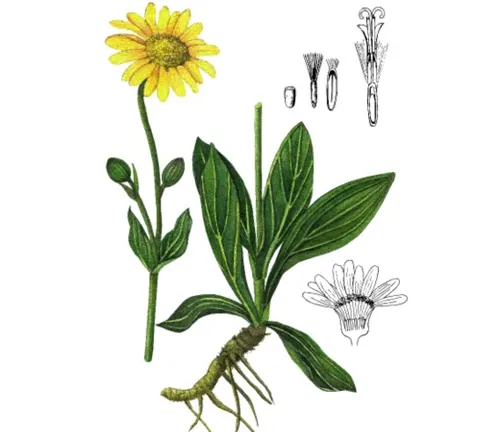
Caution in Arnica’s Healing Journey
While Arnica is celebrated for its healing properties, it is not without considerations. Navigating the side effects of Arnica is imperative to ensure safe and effective usage. Ingesting large quantities of Arnica can be toxic, emphasizing the importance of using this botanical remedy with caution. Awareness of potential side effects empowers individuals to harness Arnica’s benefits responsibly.
Different Species
Arnica montana
This is the most commonly recognized species, known as Leopard’s Bane or Mountain Arnica. It is native to Europe and has vibrant yellow flowers. Arnica montana is widely used in herbal medicine for its anti-inflammatory properties.
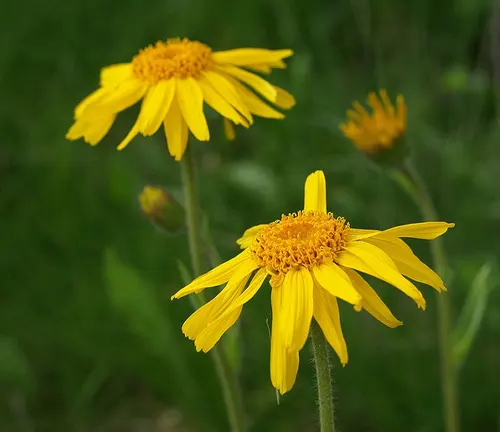
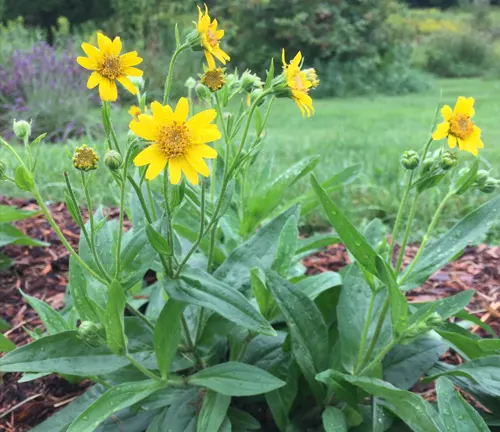
Arnica chamissonis
Also known as Meadow Arnica, this species is native to western North America. It is found in meadows and open areas, featuring similar yellow flowers to Arnica montana.
Arnica cordifolia
Commonly called Heartleaf Arnica, this species is native to western North America, particularly in mountainous regions. It has heart-shaped leaves and produces yellow flowers.
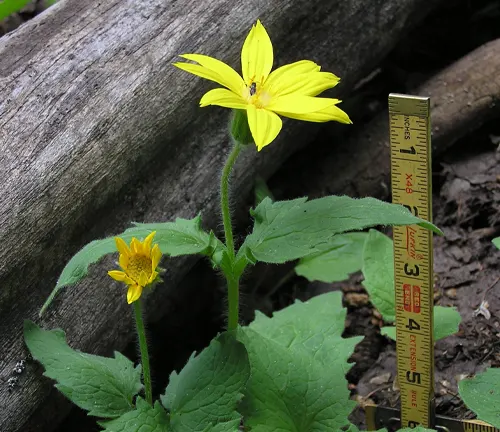
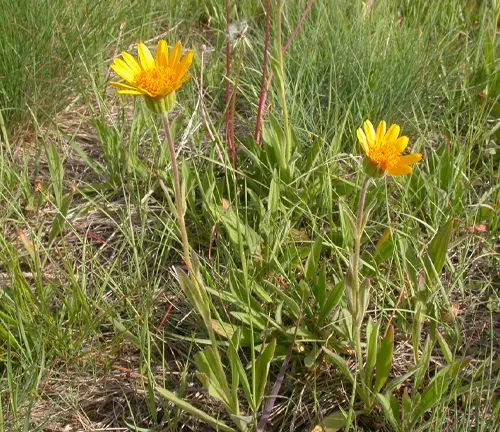
Arnica sororia
Known as Twin Arnica, this species is found in the United States, primarily in the Rocky Mountains. It has distinctive paired flowers and is adapted to alpine environments.
Arnica fulgens
Native to the western United States, this species is commonly called Shining Arnica. It is recognized by its bright orange to yellow flowers and is found in subalpine and alpine meadows.
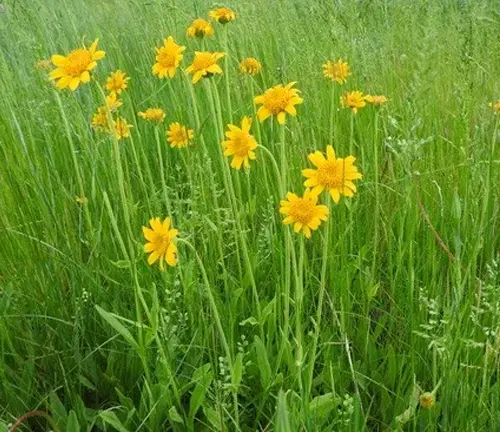
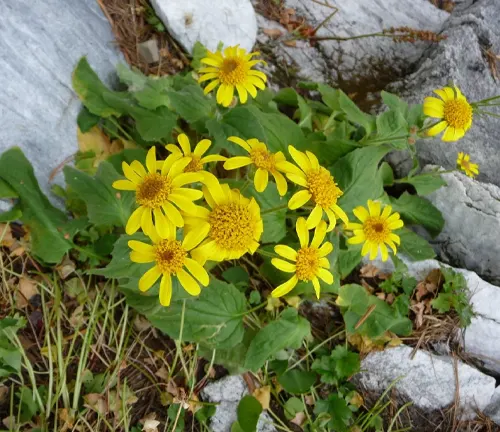
Arnica ovata
Found in western North America, Arnica ovata is known as Greenleaf Arnica. It has green leaves and yellow flowers and is often found in moist habitats.
Frequently Asked Questions (FAQs)
1. What is Arnica?
Arnica refers to a genus of perennial herbaceous plants, with Arnica montana being the most well-known species. It is recognized for its vibrant yellow flowers and is often used in herbal medicine.
2. Where does Arnica grow naturally?
Arnica is native to mountainous regions of Europe and North America. It thrives in alpine environments, meadows, and open areas with well-drained soil.
3. What are the medicinal properties of Arnica?
Arnica is known for its anti-inflammatory and analgesic properties. It is commonly used topically in creams, ointments, and tinctures to alleviate pain, reduce swelling, and promote healing of bruises and muscle soreness.
4. How is Arnica used in herbal remedies?
Arnica flowers are often used to prepare herbal remedies. These can include infusions, salves, ointments, and tinctures. The applications are typically topical, and Arnica is not usually ingested due to potential toxicity.
5. Are there different species of Arnica?
Yes, the Arnica genus includes several species, with Arnica montana being the most widely used for medicinal purposes. Other species include Arnica chamissonis, Arnica cordifolia, Arnica sororia, Arnica fulgens, and Arnica ovata.
6. Is Arnica safe to use?
While Arnica is generally safe for topical use, it should be used with caution. Ingesting large quantities can be toxic. It’s important to follow recommended dosages and avoid applying Arnica to broken skin or open wounds.
7. Can Arnica be grown in a garden?
Yes, Arnica montana can be cultivated in gardens. It requires well-drained soil and prefers cool, moist conditions. However, cultivation should be approached with care, and it’s recommended to consult gardening guidelines specific to Arnica.
8. What are the side effects of Arnica?
Arnica may cause skin irritation in some individuals. Ingesting large amounts can lead to toxicity symptoms such as nausea and dizziness. It’s crucial to follow usage guidelines and consult with healthcare professionals if any adverse reactions occur.
9. Can Arnica be used during pregnancy or breastfeeding?
Pregnant or breastfeeding individuals should consult with healthcare professionals before using Arnica. While topical use is generally considered safe, it’s essential to ensure that no adverse effects occur during these sensitive periods.
10. Where can I find Arnica products?
Arnica-based products, such as creams, ointments, and tinctures, are available in health food stores, pharmacies, and online. It’s advisable to purchase products from reputable sources to ensure quality and safety.


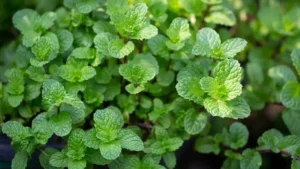
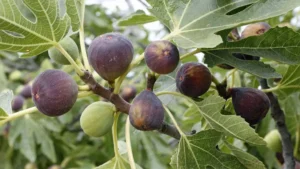
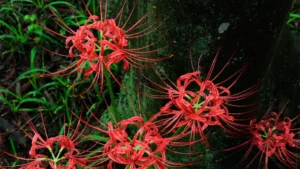



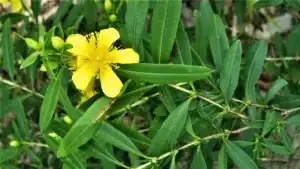
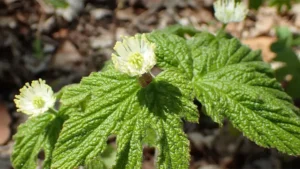
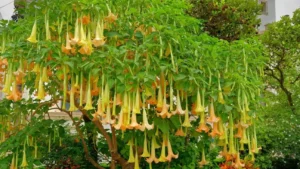

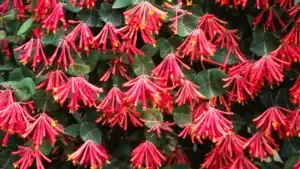
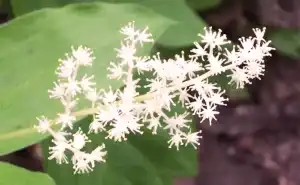
Leave your comment